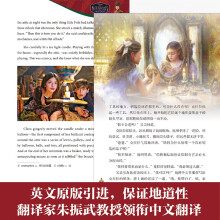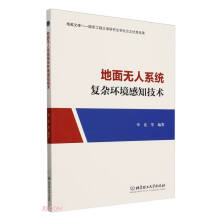《含混的话语:女性主义叙事学与英国女作家/外国文学研究文库》:
To be sure, Anne's physical discomforts usually result from what she must-as focal character-see or overhear by being present in situations that do not directly involve her. The most striking instance would be her overhearing Wentworth's conversation with Louisa during their walk in the country: if Anne, the central consciousness, did not witness this upsetting scene, it would have to be absent from the narration. Similar painful instances of Anne's requisite presence in scenes she might prefer to avoid include her weeping as she plays the piano to accompany the others' dancing, her discomposure during the moments at Camden Place when her family treats Wentworth disparagingly, and her observations of Wentworth's grief over Louisa's accident. Critics have pointed to the lack of privacy in Austen's world as representing the lived experience of early nineteenth-century, middle-class women, which of course it does. Speaking strictly historically, one could surmise that a woman of Anne Elliot's class and marital status would have had very little opportunity for solitude or for choosing whether to be present at social and family events. From a narratological point of view, however, the lack of privacy of Austen's heroines is more significantly a direct result of the novelist's choice of narrative perspective. L fall information is to be conveyed to the narratee through the filter of Anne's perceptions, then the heroine must perforce be present at every significant scene. For Anne, whose observations lead so often and so directly to "painful agitation," her placement as the focal character means her body is subject to a continual emotional battering, the inevitable outcome of her narrative function. Throughout much of Persuasion, the heroine's body must necessarily be a body in pain.
That pain is gradually allayed, however, as the more positive sensations of the revised last chapters indicate. Though in many respects Anne Elliot's character seems fully formed at the beginning of the novel (setting her apart from Austen's other heroines, with the possible exceptions of Elinor Dashwood and Fanny Price), her relation to the body changes and improves. Other characters continually note the alteration in Anne's appearance as she recovers her lost bloom; her body as visual object changes more than her values and perceptions, the locations of change in heroines like Emma Woodhouse, Elizabeth Bennet, and Catherine Modand. But Anne does experience a subjective change in her relation to the bodies of other women, particulady the maternal body of Mrs. Musgrove. In early scenes, Mrs. Musgrove is presented explicitly in terms of her excessive fleshiness, and the narrative reflects both Anne's consciousness of Mrs. Musgrove's bulk and her distaste for it. In the early scene where Wentworth commiserates with Mrs. Musgrove over the loss of her son, "a thick-headed, unfeeling, unprofitable Dick Musgrove, who had never done any thing to entitle himself to more than the abbreviation of his name, living or dead" , Anne is highly conscious of the fact that her own body is in close proximity with Wentworth's, being "divided only by Mrs. Musgrove. It was no insignificant barrier indeed. Mrs. Musgrove was of a comfortable substantial size, infinitely more fitted by nature to express good cheer and good humour, than tenderness and sentiment; and while the agitations of Anne's slender form, and pensive face, may be considered as very completely screened, Captain Wentworth should be allowed some credit for the selfcommand with which he attended to her large fat sighings over the destiny of a son, whom alive nobody had cared for" . This matrophobic moment-where Mrs. Musgrove's fleshy body and motherly grief are so satiricaUy juxtaposed with "the agitations of Anne's slender form"-has traditionally been read as an instance of Austen's own "regulated hatred," but I would attribute the perception, like the majority of narrative observations in the novel, to Anne herself. As the focal character, as the filter for all visual information in the novel, Anne is surely the one to whom it would occur that Frederick ought to be given "credit" for seeming to sympathize. The passage attributes its revulsion from Mrs. Musgrove's "large bulky figure" partly to the simple fact that its f:lesh forms a barrier here between Anne's body and the male body she desires, which is, on a symbolic level, a fitting emblem for the pseudomaternal interference of Lady Russell in Anne's original engagement to him. But the passage also suggests that "tenderness" is the exclusive right of the slender, virginal, relatively youthful female body, inappropriate to the body of the sexually experienced mother.
……
展开










